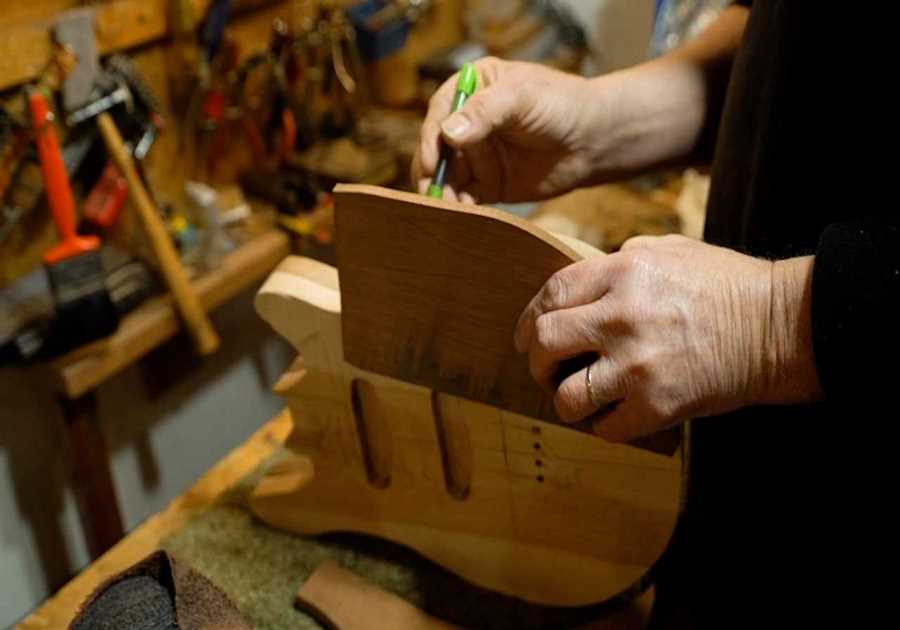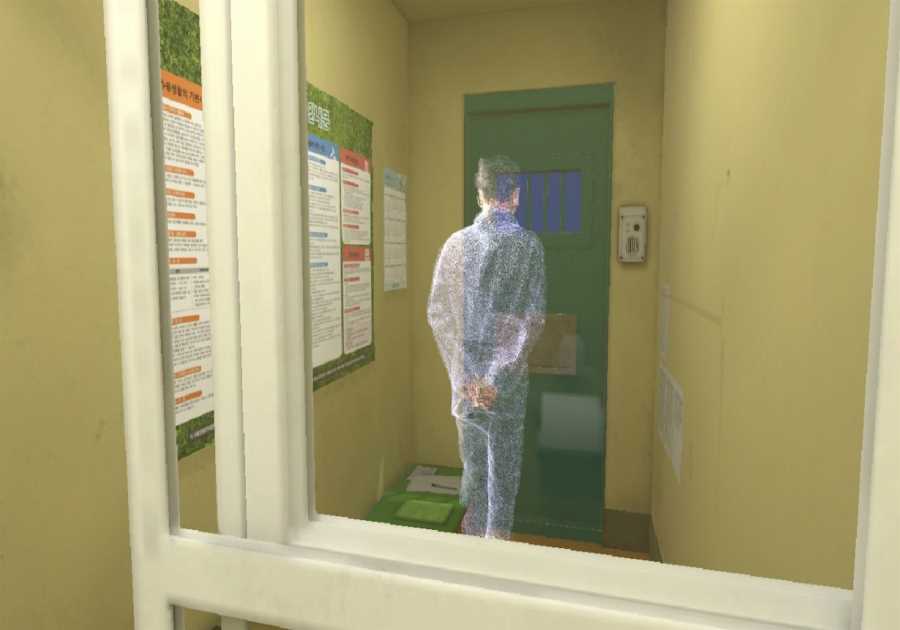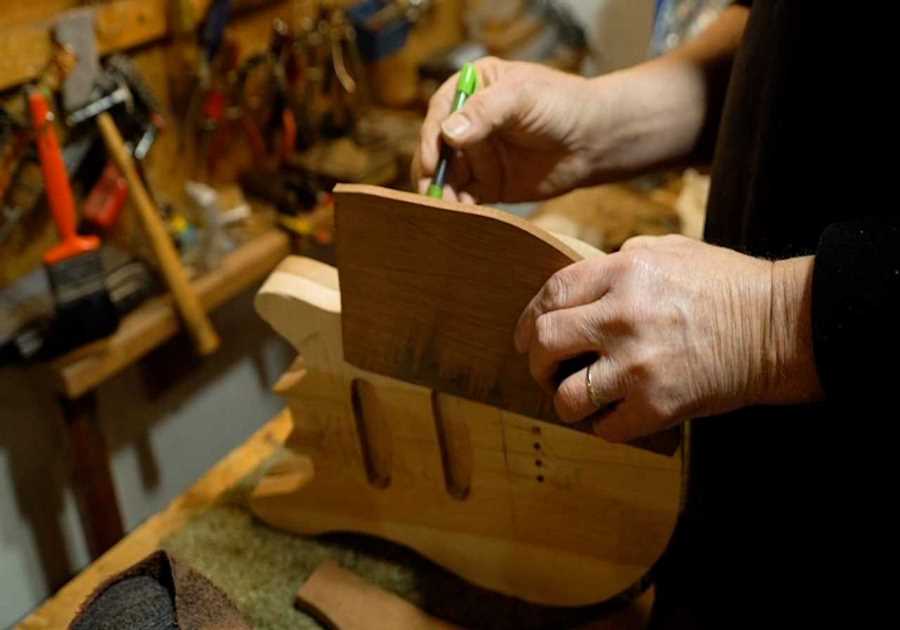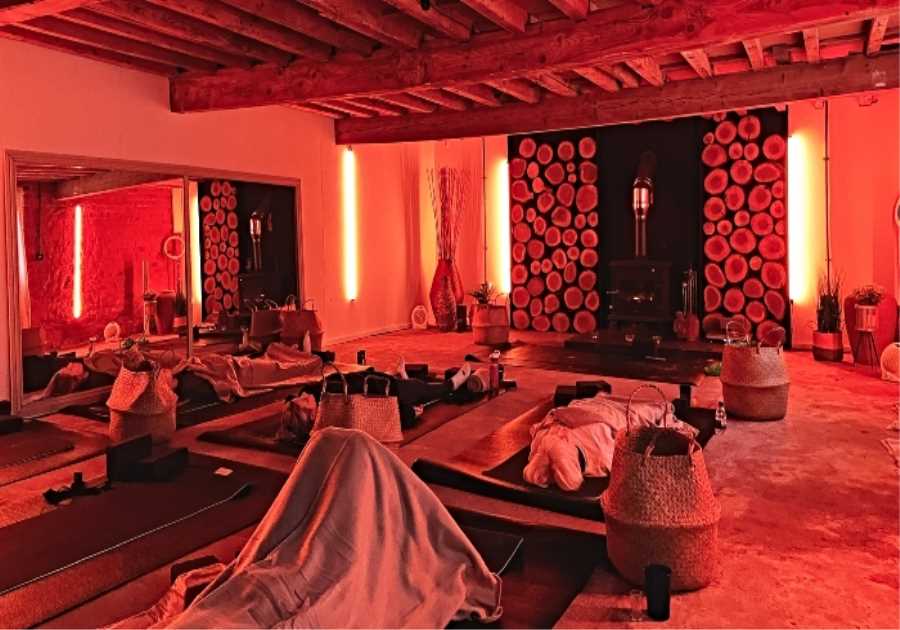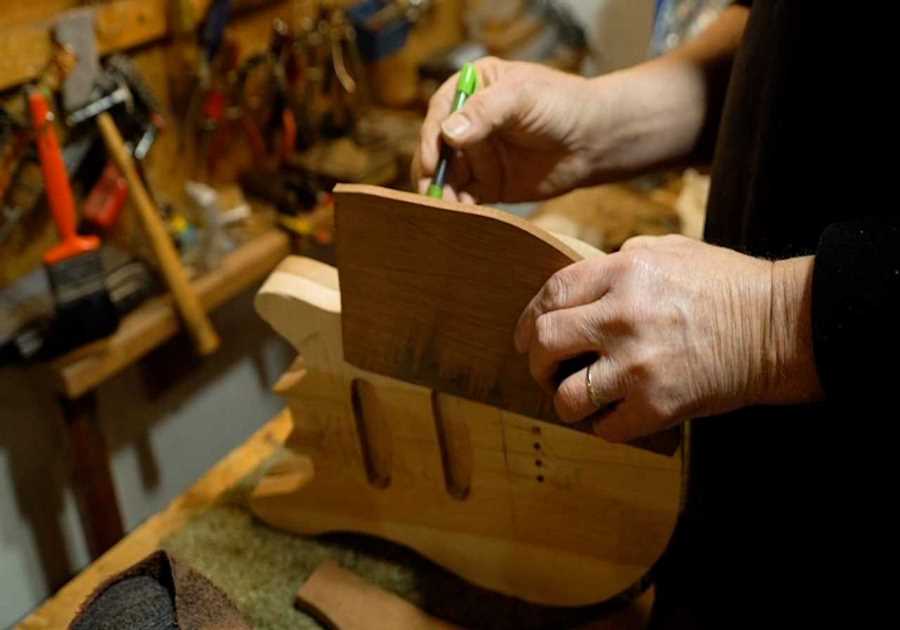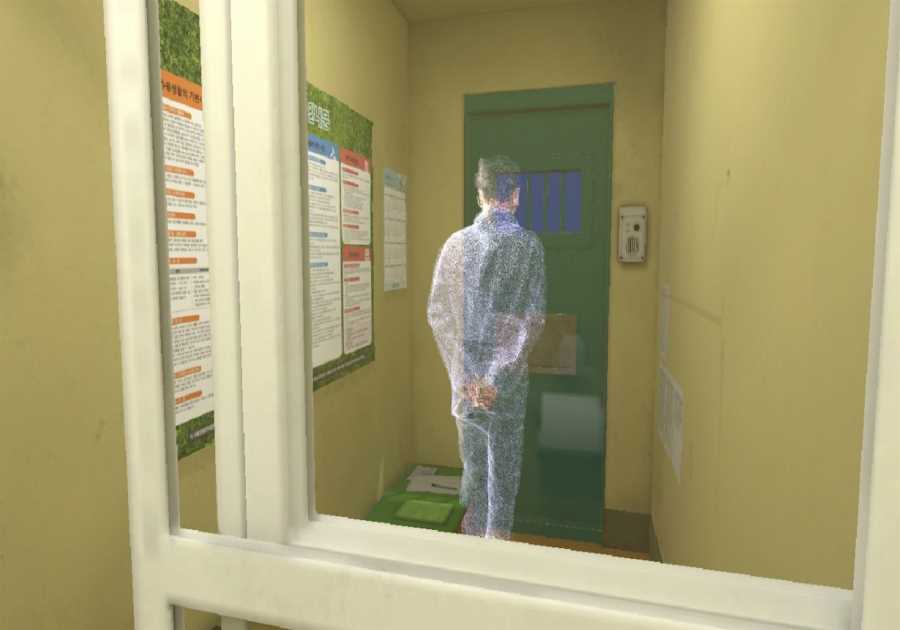Get to know the original California wine country: The first grapes were planted in 1683 in Baja California, in what is now Mexico. It was not until 1769 that they reached what is now the state of California (then Alta California). Father Junípero Serra, a Spanish priest, founded the San Diego Mission.
In the vineyards
Just as California accounts for about 80% of US wine production today, Baja California produces about 80% of Mexican wine.
It is centered around a series of valleys collectively known as the Valle de Guadalupe and has a hot Mediterranean climate but with a tempering maritime influence from the Pacific Ocean. Most of the vineyards are within 15 miles of the sea.
The best wines from here combine very ripe fruit with balancing acidity and minerality. There are no appellation rules regarding allowed grapes or winemaking standards, so producers in the region plant a wide range of white and red wines.
While there has been an explosion of trial plantings in the past 10 years, many of the vines are over 50 years old.
“If you’re heading to some other exquisite meal or tasting, watch out for the gnarled shrubs of the old dry-farmed vineyards,” says Patrick Neri, a Baja wine importer from Washington state.
“If you want to understand the history of the Valle, just look at the fields.”
Getty
Fun in the sun
The next town is Ensenada, a coastal paradise with bustling beaches and surf breaks, plus all the fish tacos and ceviche you can eat. Many producers have their winemaking facilities here in converted warehouses and it is also a center of the Mexican craft beer scene.
Santo Tomás, the oldest winery in the Valle, recently expanded the area to include its original layout in Plaza Santo Tomás, an urban park with dozens of restaurants, bars and specialty shops.
However, if you drive just a few minutes inland on Highway 3 nicknamed La Ruta Del Vino, the scene shifts to the arid, boulder-strewn foothills of the Sierra de Juarez, with oversized agaves and cacti among the vineyards and olive groves. It’s like Malibu up against Joshua Tree.
This remote landscape is home to a number of tourist attractions, including some of Mexico’s most renowned restaurants, architecturally innovative hotels, and activities like hot air balloon rides, bird watching tours, and yoga and meditation retreats. It is a destination for cycling enthusiasts and several long-distance races are held annually. There is even a zoo, Zoológico Parque del Niño Jersey, with a water park for children.
Food is one of the greatest attractions and is inextricably linked with wine. Most of the leading restaurants are located in or next to wineries, with outdoor seating or in glass-enclosed rooms with views of the vineyards.
The menus are based on freshly caught seafood, organic produce, locally made cheese and olive oil, and on an open fire.
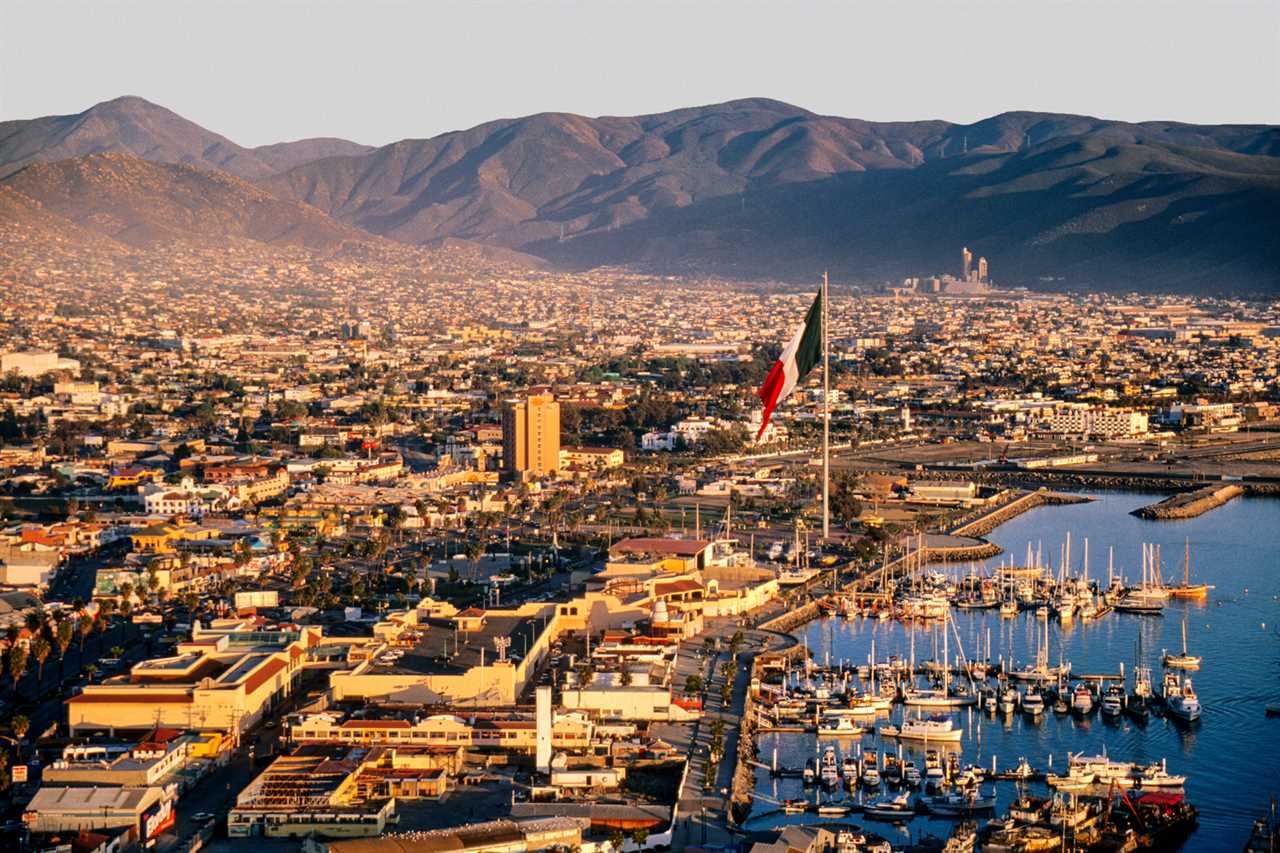
View over the town of Ensenada in Baja / Getty
Sustainability rules
Given the limited infrastructure to cope with the explosive growth of the region, almost all of the over 120 commercial wineries (large and small) are committed to sustainable agriculture, conserving water and restricting development. It’s a region where you can book visits to many of the best wineries directly with the owners.
“Around 75% of the wineries here are small family businesses, where family members give you the tasting and talk in detail about their passion and the path they have chosen,” says Santiago López Viana, winemaker for his family’s Solar Fortuna winery. “When you work the land and make the wine, there is a pride and a love to share that is different from a company winery where an employee gives a short tour. For me, these families represent the essence of the Valle de Guadalupe. “
Published on September 2, 2021
Did you miss our previous article...
https://yogameditationdaily.com/meditation-retreats/top-5-wellness-resorts-on-mexicos-west-coast

